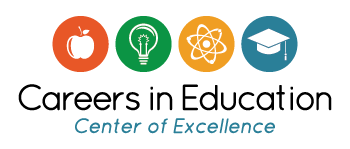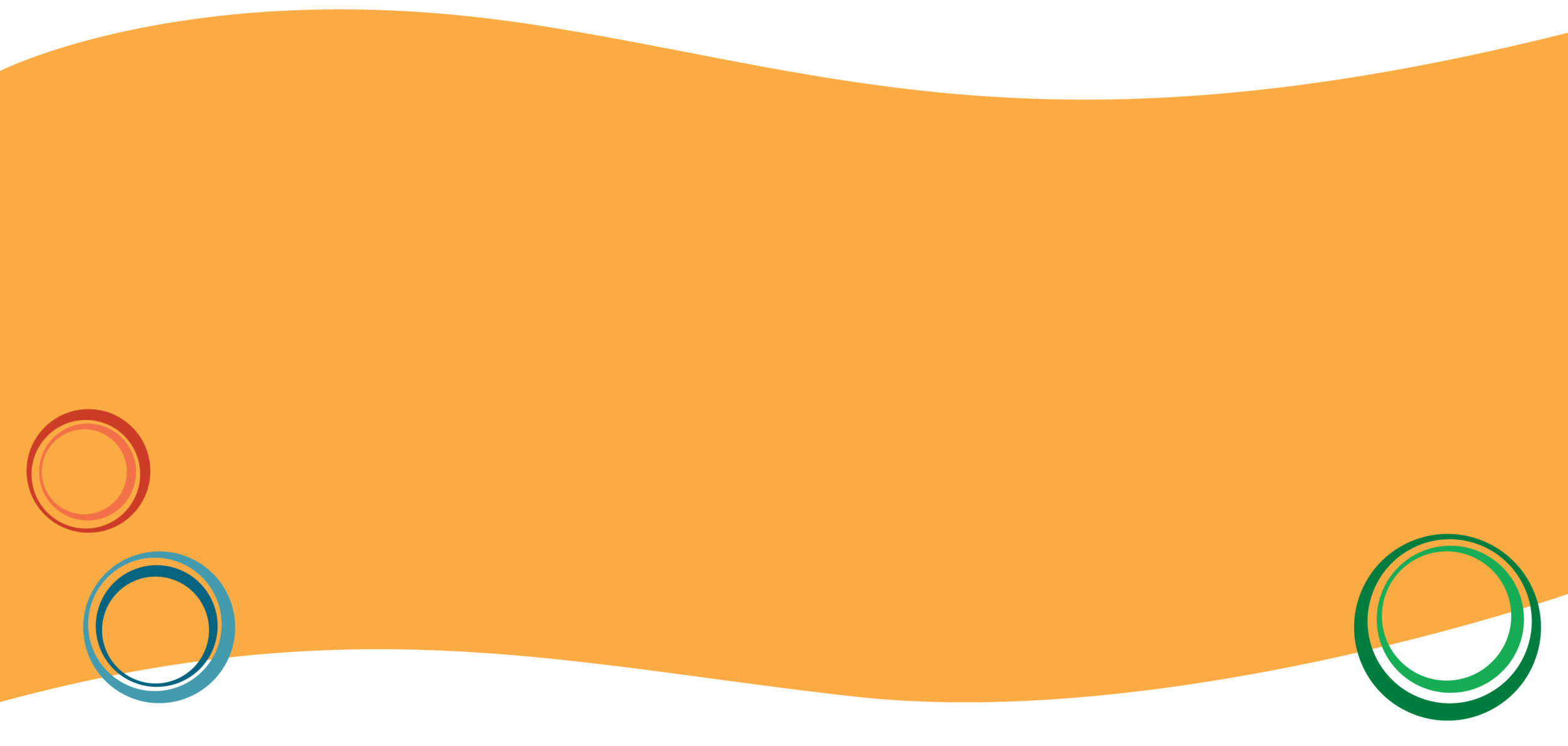Future Native Teachers Initiative
Closing the Gap
Across the state of Washington, educators understand the importance of closing the opportunity gap that has led to a problematic divide in the levels of success among students.
Research shows that relationships create a critical foundation for a student’s learning. When students can see their own culture reflected among the educators in their schools, success levels rise significantly. Unfortunately, for native American students in Washington, opportunities to culturally relate with their educators are rare.
Washington is home to 29 federally-recognized tribes and approximately 64,000 native American students in almost every community in the state. But sadly, most of these students have never been in a classroom with a native American teacher. Only one percent of our state’s teachers are native American or Alaska Native, which leaves the native students severely under-represented.
The central goal of the Future Native Teachers Initiative (FNTI) is to close the gap and increase the number of native American and Alaska native teachers in Washington State.



